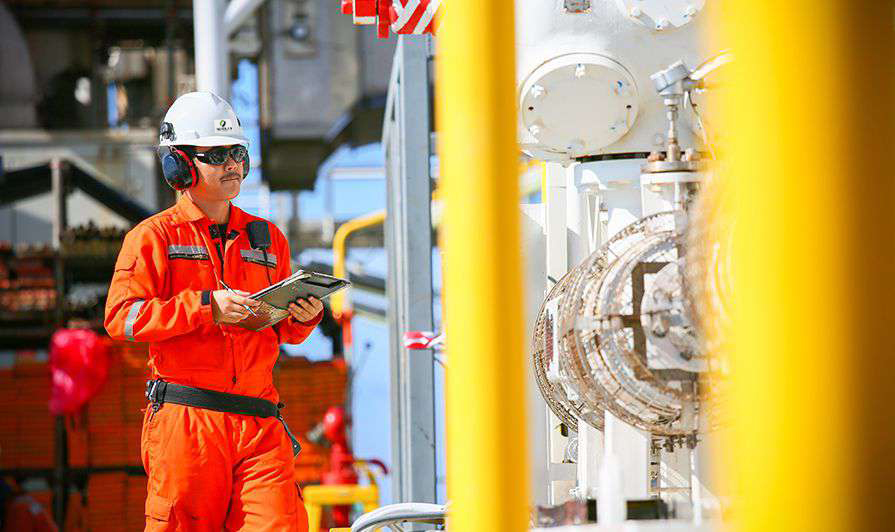Risks Workers Face At Oil & Gas Extraction Sites
More oil and gas deposits, greater revenues, and a positive outlook are all setting the industry up for rapid expansion, which is helpful to the nation’s economy and creates job opportunities. However, more opportunities in the oil and gas industry lead to more workers facing risks at extraction sites that could result in accidents and fatalities.
Red Flags in the Oil and Gas Industry’s Worker Safety
Recent reports and stories indicate some failures in health and safety in the oil and gas industry. A big issue being the accusations toward ExxonMobil and Shell by the UK Government for repeatedly failing to reduce the risks of major accidents at their plants in Fife, Scotland. Closer to home, the recent gas well explosion in Oklahoma that killed five workers proves that more safety regulations can be used to protect workers.

Hazards Caused by Hydrocarbon Exposure during Gauging or Sampling
The process of sampling or physically checking levels of the resource extracted in the tank is widely recognized as an exposed risk to workers. The National Institute for Occupational Safety and Health (NIOSH) and the Occupational Safety and Health Administration (OSHA) collectively issued a Hazard Alert highlighting the dangers of this process and called for higher oil and gas industry safety standards.
Hydrocarbon exposure can result in potentially disastrous situations for oil and gas safety like:
- Direct exposure to gas: NIOSH identified nine worker fatalities that occurred between 2010 and 2014 while workers manually gauged or sampled production tanks.
When workers open thief hatches to collect samples on tanks containing oil or gas, strong concentrations of hydrocarbon gases and vapors are released into the atmosphere. These gases are damaging to the human body, and acute exposure can cause a negative effect on eyesight, the respiratory, and central nervous systems.
- Displacement of oxygen: According to a study cited in the NIOSH and OSHA alert, oxygen-deficient atmospheres can be one of the primary factors that lead to workers’ deaths.
Oxygen-deficient atmospheres are created when oxygen is displaced by other gases such as carbon dioxide. This can result in stress to the heart, narcotic-like effects, dizziness, disorientation, confusion, incapacitation, and death. Even limited exposure, as little as 30 seconds, can cause adverse effects.
- Explosions and fire: When released into the atmosphere, hydrocarbon gas and vapor concentrations can exceed 10% of the lower explosive limit (LEL), creating a chance for both fires and explosions.
NIOSH and OSHA estimate more than 100,000 parts per million (ppm) of hydrocarbon gases can be released into the atmosphere when a hatch is opened, which may create a plume or cloud to disperse or surround workers increasing the potential for fires.
At Ironclad Environmental Solutions, we take safety seriously while deploying oil & gas containment and storage solutions. With a team of industry veterans, we deliver liquid storage and frac tanks, roll off boxes, containment berms, hoses, pumps, and filtration. We can also execute the delivery and setup of equipment at your site to ensure your team can operate safely. To learn more, contact us today.
The International Association of Oil & Gas Producers (IOGP) report says that while fatalities have reduced, a lot more can be done to help improve oil and gas safety for workers.